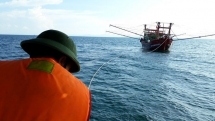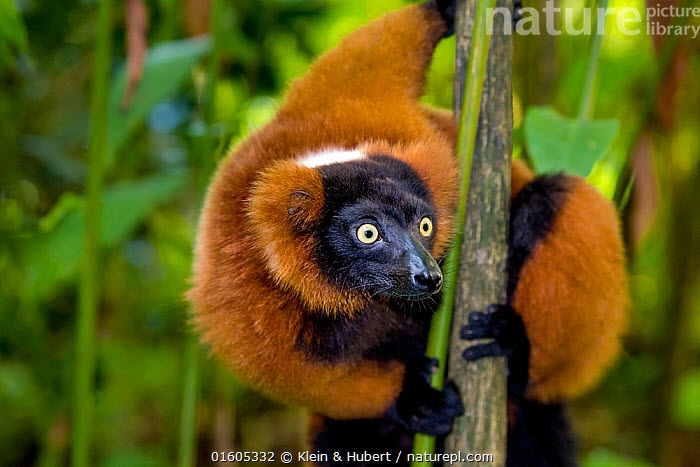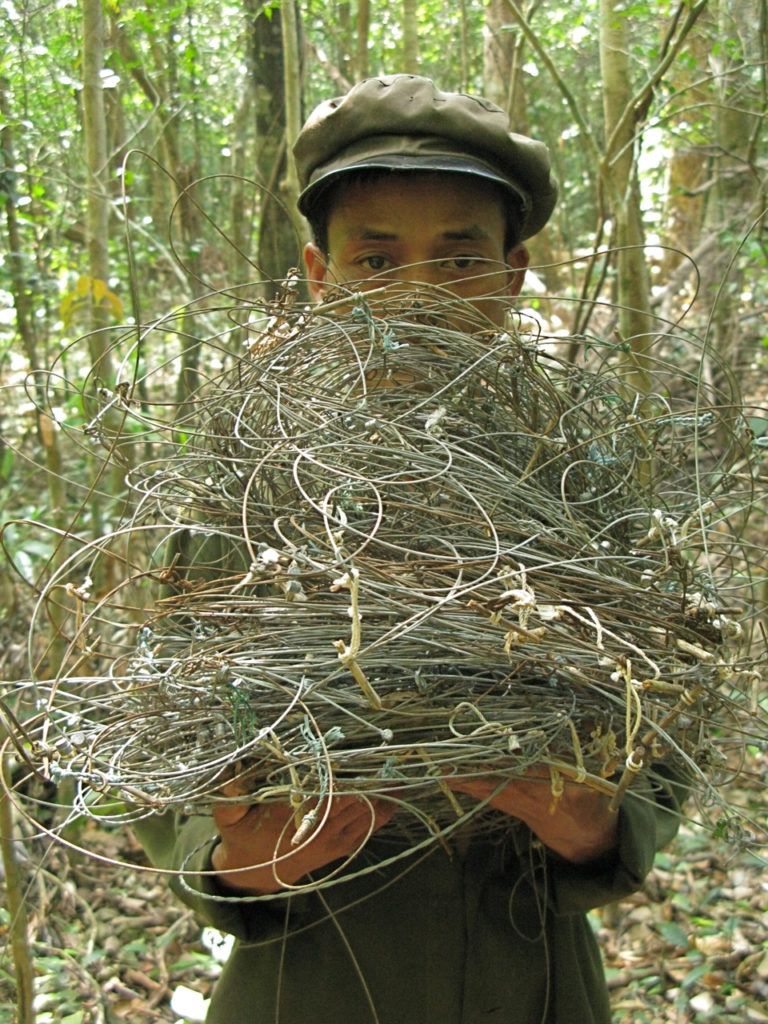Ship capsizes in storm off Japan: 43 crew, nearly 6,000 cattle missing
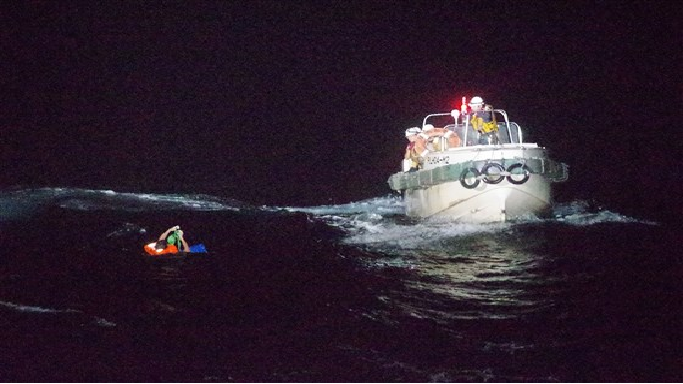 |
| Coast guards rescuing a Filipino man off Amami Oshima island in the East China Sea on September 2. Photo: AFP |
A ship carrying 43 crew and nearly 6,000 cattle from New Zealand to China has capsized after losing an engine in stormy weather in the East China Sea, the only crew member rescued so far told the Japan Coast Guard (JCG) on September 3.
The Gulf Livestock 1 sent a distress call from west of Amami Oshima island on September 2 as Typhoon Maysak headed through the region towards the Korean peninsula, bringing strong winds, heavy seas and drenching rains, The Japan Times reported.
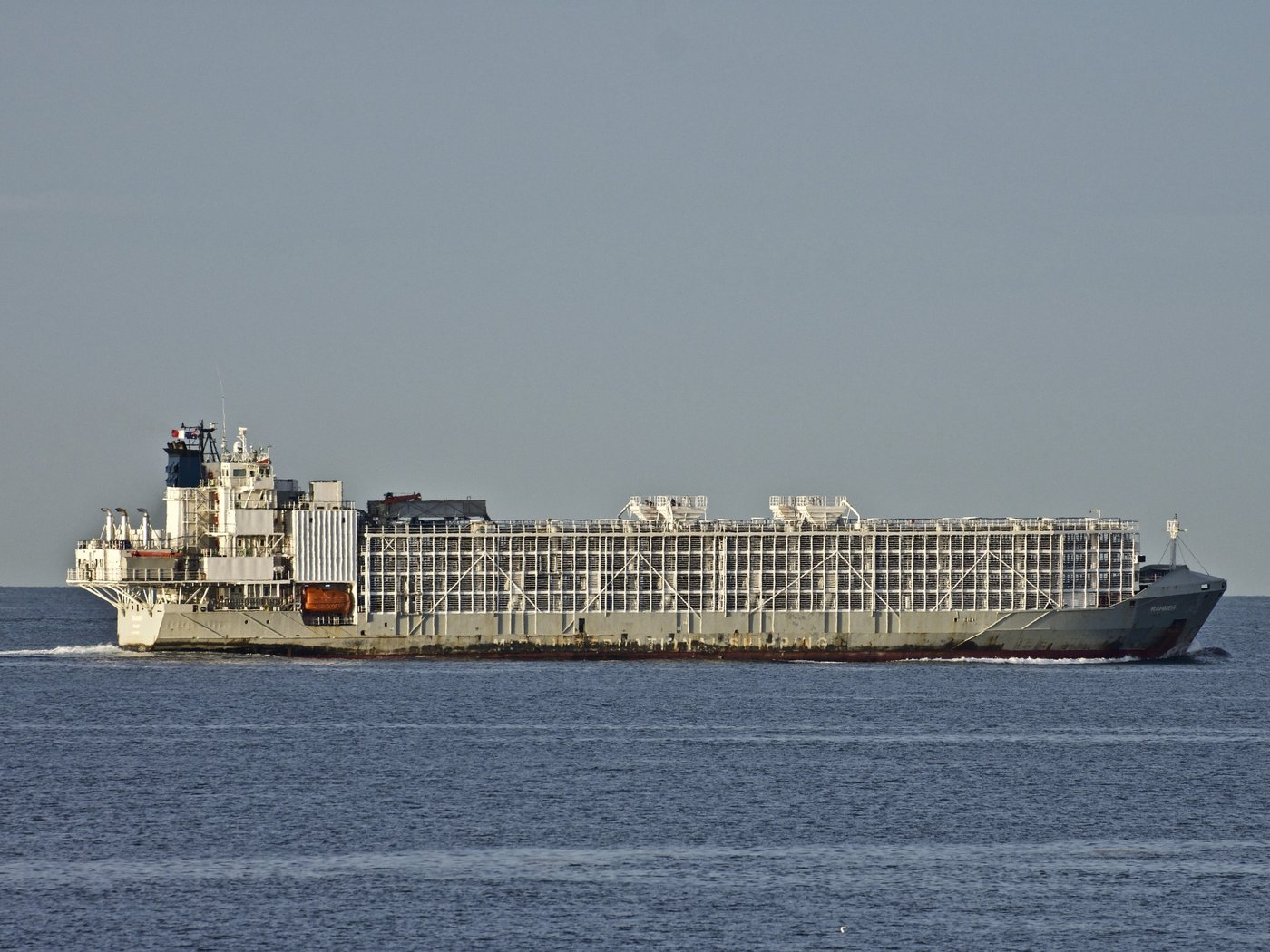 |
| The Gulf Livestock 1 cargo vessel sails through Port Phillip heading into Bass Strait in Australia in April 2019. Photo: AP |
Sareno Edvarodo, a 45-year-old chief officer from the Philippines, was rescued on September 2 night, Japan’s coastguard said. By September 3 evening, he was still the only person rescued so far, a coastguard official said, adding the bodies of some cattle had been recovered.
According to Edvarodo, the ship lost an engine before it was hit by a wave and capsized, a coastguard spokeswoman said.
When the ship capsized, crew were instructed to put on life jackets. Edvarodo told the coastguard he jumped into the water and did not see any other crew members before he was rescued.
Pictures provided by the JCG showed a person in a life jacket being hauled from choppy seas in darkness.
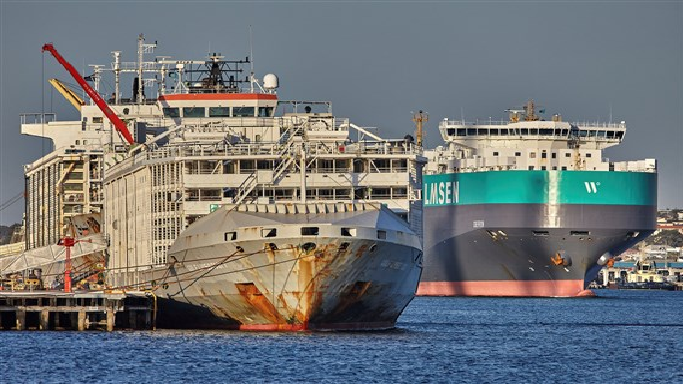 |
| The Gulf Livestock at Fremantle Harbour in Western Australia, in November 2019. Photo: Reuters |
Three vessels, five airplanes and two divers had been deployed to continue the search, the coastguard said.
The crew included 39 people from the Philippines, two from New Zealand and two from Australia, it added.
The Philippines government said it was coordinating with Japan’s coastguard as it searched for the missing crew members ahead of another typhoon expected to hit the area.
Typhoon Haishen was already in the northwest Pacific, tracking through the East China Sea towards the Republic of Korea (RoK).
At least one person was reported killed in the RoK after Typhoon Maysak made landfall on September 3 when strong winds shattered a window in the southern city of Busan.
Live cattle export in spotlight
The Gulf Livestock 1 departed Napier in New Zealand on Aug. 14 with a cargo of 5,867 cattle bound for the Port of Jingtang in Tangshan, China. The journey was expected to take about 17 days, New Zealand foreign ministry officials told Reuters.
The 139-metre (450-foot), Panamanian-flagged vessel was built in 2002 and the registered owner is Amman-based Rahmeh Compania Naviera SA, according to Refinitiv Eikon data. The ship manager is Hijazi & Ghosheh Co.
Calls to the owner and manager were unanswered.
The young cows were exported by Australia-headquartered Australasian Global Exports, which specializes in live animal exports and owns quarantine facilities in China.
The cows were worth around 20,000 yuan each, said a manager at AGE’s subsidiary Beijing Muhuayuan International Trade Co Ltd.
New Zealand animal rights organization SAFE said the disaster showed the risks of the live animal export trade.
“These cows should never have been at sea,” said campaign manager Marianne Macdonald.
“This is a real crisis, and our thoughts are with the families of the 43 crew who are missing with the ship. But questions remain, including why this trade is allowed to continue.”
China has imported more than 46,000 head of cattle from New Zealand so far this year, according to data from China’s customs, mostly to stock the country’s expanding dairy farms.
Last year, New Zealand launched a review of its live export trade, worth around NZ$54 million (US$37 million) in 2019, after thousands of animals being exported from New Zealand and Australia died in transit.
New Zealand’s Ministry for Primary Industries (MPI) said it had temporarily suspended live cattle export applications after the Gulf Livestock 1 went missing./.
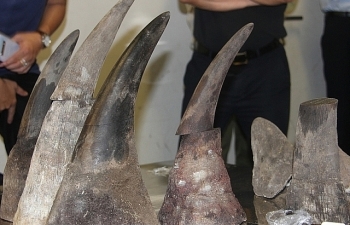 | Vietnam: Import procedures for wild animals suspended The General Department of Customs has issued a written request to provincial and municipal Customs Departments to direct subordinate customs branches to take measures to ... |
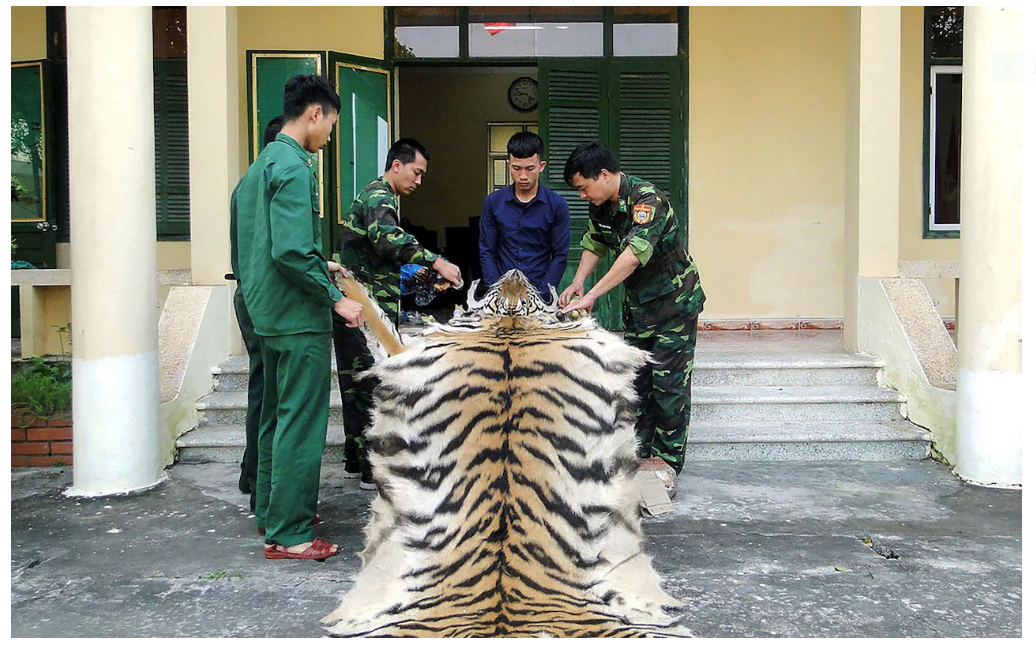 | Vietnam's new ban on illegal wildlife trade and consumption welcomed by international community Positive comments from conservation groups, well-known movie stars, and mass media all over the world for the new Directive from the Prime Minister of Viet Nam ... |
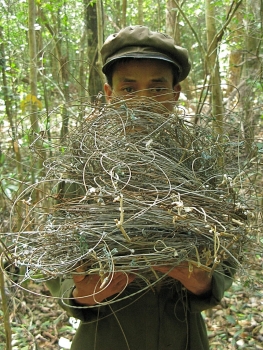 | Snaring wildlife animals may spawn disease transmission, warns WWF The World Wildlife Fund (WWF) has warned that snaring of animals has become a crisis that poses a serious risk to wildlife in South-East Asia ... |
Recommended
 World
World
Pakistan NCRC report explores emerging child rights issues
 World
World
"India has right to defend herself against terror," says German Foreign Minister, endorses Op Sindoor
 World
World
‘We stand with India’: Japan, UAE back New Delhi over its global outreach against terror
 World
World
'Action Was Entirely Justifiable': Former US NSA John Bolton Backs India's Right After Pahalgam Attack
Popular article
 World
World
US, China Conclude Trade Talks with Positive Outcome
 World
World
Nifty, Sensex jumped more than 2% in opening as India-Pakistan tensions ease
 World
World
Easing of US-China Tariffs: Markets React Positively, Experts Remain Cautious
 World
World


